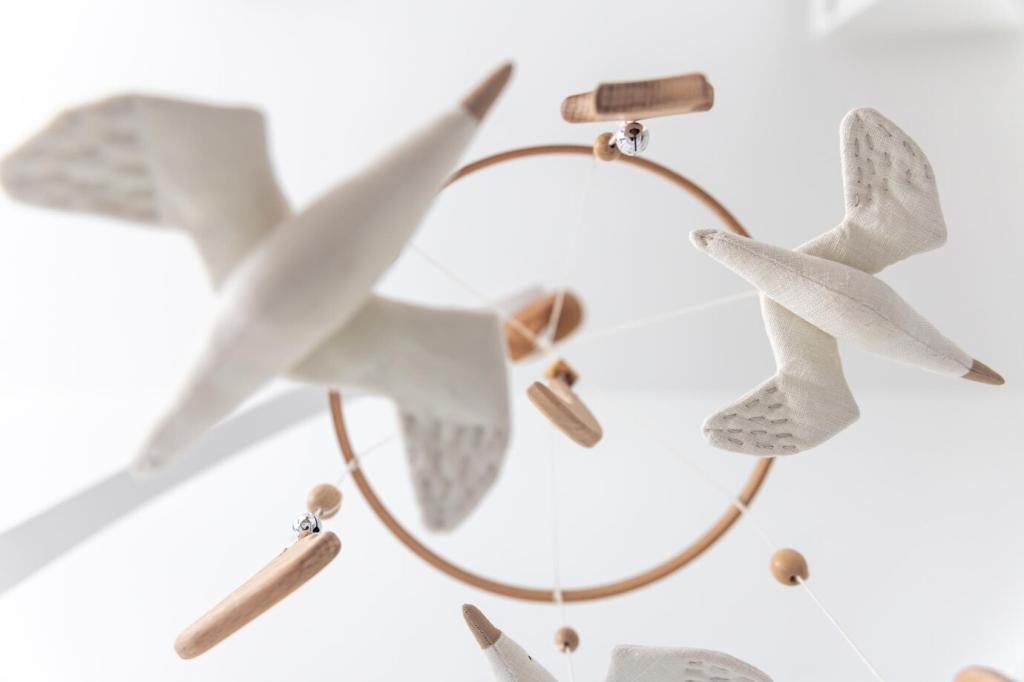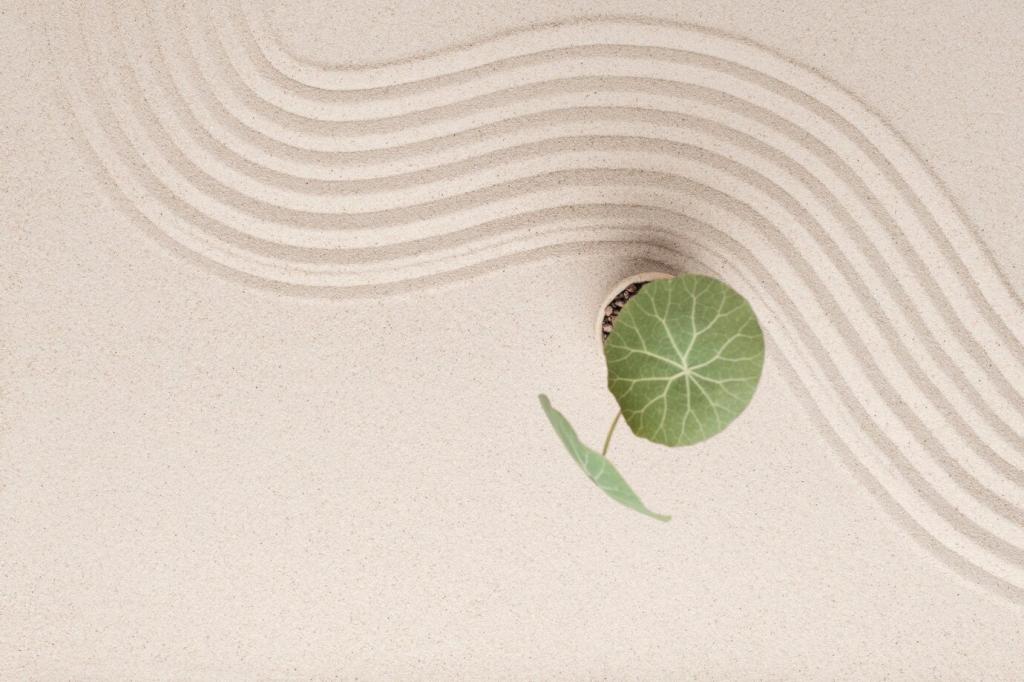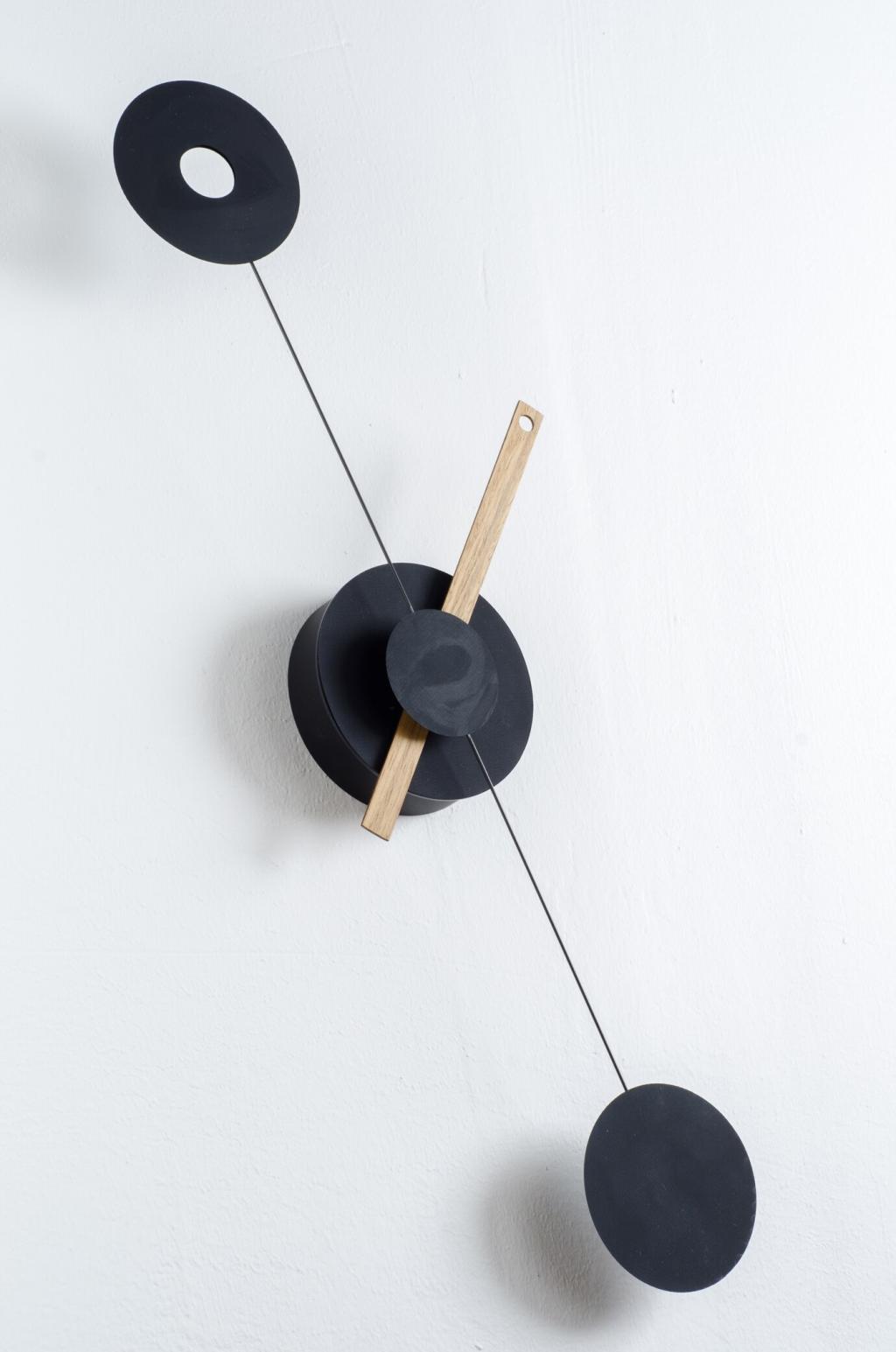Minimalist Landscape Design Techniques: Calm, Clarity, and Outdoor Intent
Today’s chosen theme: “Minimalist Landscape Design Techniques.” Step into a quieter garden ethos where every line has meaning, every plant earns its place, and serenity grows from restraint. Explore ideas, stories, and practical moves—then join the conversation and subscribe for more mindful outdoor inspiration.

Core Principles of Minimalist Landscape Design
01
Less, But With Purpose
Minimalism is not about removing joy; it is about removing noise. Keep features that support living—seating, walking, contemplation—and remove what distracts. Edit plant palettes, simplify lines, and let materials shine. What stays should be beautiful, durable, and deeply intentional.
02
Negative Space as a Design Material
Treat open gravel courts, clipped lawns, and raked beds like tangible materials. These voids elevate nearby forms and give eyes a place to rest. Resist the urge to fill every corner; instead, let space become the quiet frame that dignifies what remains.
03
Anecdote: The Three-Stone Lesson
A client once wanted a boulder field. We placed only three stones, carefully aligned to sightlines from the kitchen. Months later, they admitted the trio calmed their mornings more than any crowd could. Restraint created ritual—tea, sunrise, and gratitude.
Materials and Textures That Whisper, Not Shout
Permeable, affordable, and quietly elegant, gravel surfaces drain well and age gracefully. Use stabilized decomposed granite for firmer paths, define edges with steel for crisp lines, and sweep periodically. The soft crunch underfoot becomes a subtle sensory signature.
Materials and Textures That Whisper, Not Shout
Concrete delivers calm through geometry. Float large pads with generous joints, soften with linear groundcovers, and align edges to architectural axes. Seal lightly to resist stains without plastic shine. The result is a monolithic simplicity that spotlights shadow and sun.


Planting Palette: Fewer Species, Stronger Statements
Start with bones: clipped evergreen forms, architectural grasses, or upright shrubs. They anchor views year-round and hold lines when flowers fade. Think spheres, planes, and columns, composed like sculpture. A restrained backbone lets seasonal accents feel deliberate.
Planting Palette: Fewer Species, Stronger Statements
Choose one or two bloomers per season and mass them. A drift of white alliums or a ribbon of salvias can sing against quiet foliage. When accents pass, cut back cleanly to restore the calm baseline and avoid lingering visual noise.
Circulation and View Management
Align paths to doors and windows so movement feels natural. Use straight runs where possible; break only with intention. Orthogonal geometry communicates order, making small spaces read larger. Keep widths generous to avoid the cluttered feeling of undersized routes.




Small Spaces, Big Calm: Courtyards and Balconies
Carve a reading nook, a coffee ledge, or a yoga mat zone—one purpose per area. Define with a change in texture or a single piece of furniture. Clear intent prevents clutter and ensures every square foot feels valuable and serene.
Maintenance Rhythms and Long-Term Patina
Sweep gravel, wipe bench surfaces, and trim one edge line. These tiny habits defend clarity better than marathon cleanups. Keep a small caddy ready by the back door so maintenance feels like a natural extension of stepping outside.
